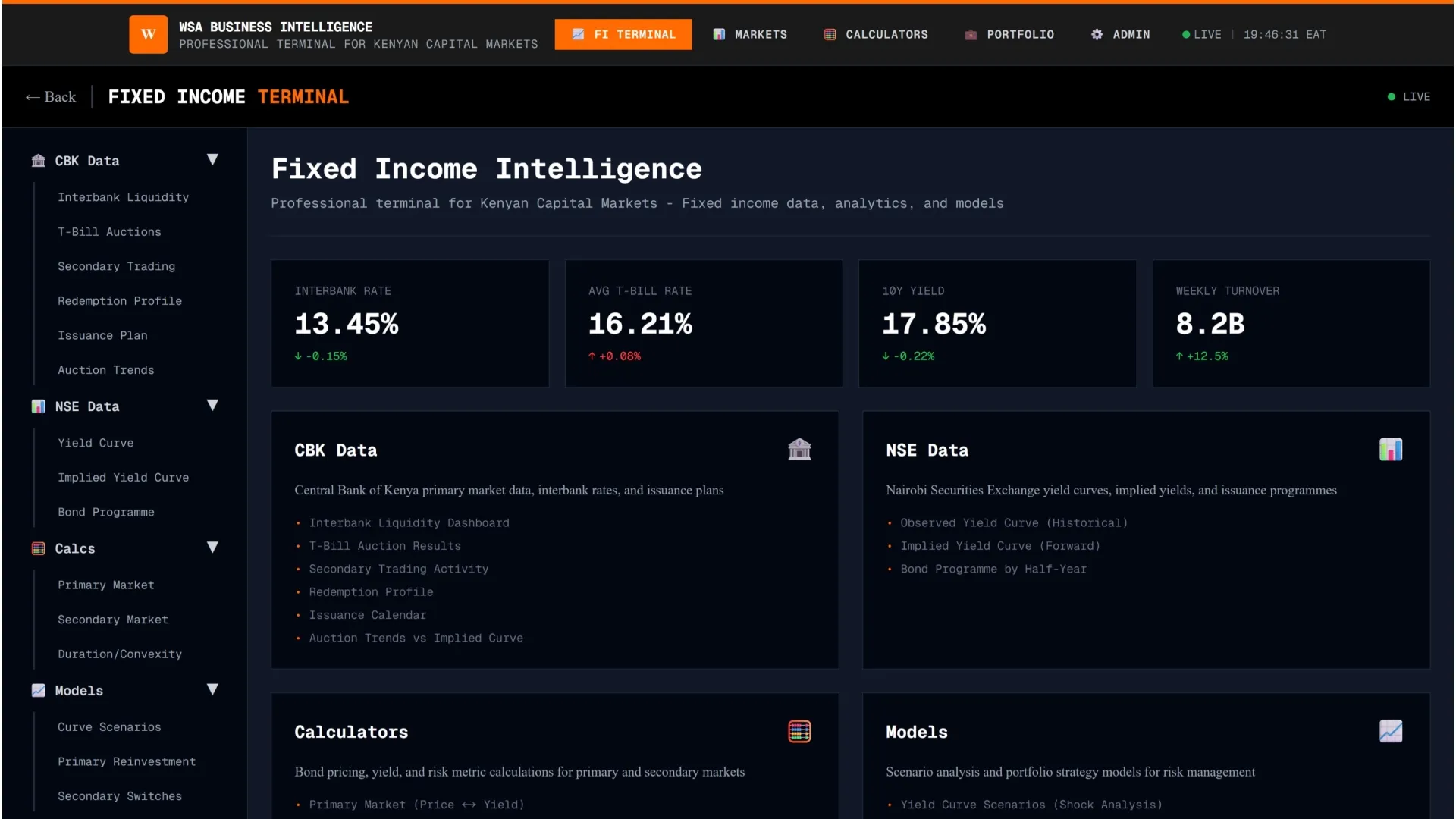When done right, sports can be the bridge between brands and consumers- forming a rare space where attention is still real, and emotion still matters, writes Peter Gacheru.
The media space in Kenya and across the world has become unbearably crowded. Some of us, not to betray my age, still remember the magic moment in 1990 when KTN first hit the airwaves, breaking KBC’s long reign as the only TV station in existence. Back then, life was simple for advertisers. If your brand made it onto KBC, you were sure that most Kenyans saw your message whether they wanted to or not.
Then came the radio boom. In the late 1990s and early 2000s, FM stations sprouted across the country, each offering new sounds and new audiences. It was an exciting era, but it also marked the beginning of media fragmentation. Today, between the countless radio stations, digital platforms, blogs, podcasts, and streaming channels, it’s nearly impossible for any single advert to find and hold an audience’s attention.
To make matters worse, the ordinary customer is bombarded with content from every direction, some of it real, much of it fake. We scroll, we swipe, we skip. The noise never stops. For brands, cutting through that noise has become a herculean task. Everyone is shouting, and no one is listening.
And yet, there remains one beautiful exception- sports.
Sports still command attention in a way that no other medium can. Whether it’s a football match, a rugby final, or a marathon, sports create moments that glue audiences to one screen, one channel, one conversation for predictable stretches of time. For once, people are not just scrolling past content; they’re leaning in, hearts racing, emotions engaged.
During the 2022 FIFA World Cup, for example, a cumulative 18.2 million Kenyans tuned in across TV and streaming platforms to watch the semi-finals, the third playoff, and the final. Meanwhile, the 2024 Olympic Games drew 5 billion viewers worldwide, proving that sports remain one of the few shared media experiences.
These are not just numbers; they are opportunities for brand engagement. Nielsen Sports, a global leader in sponsorship analytics and fan intelligence, notes that live sports content drives more engagement on social media than entertainment programming- pure gold for any brand that wants to be seen and remembered.
Kenya's sports sphere has barely scratched the surface. Too often, sports sponsorship is reduced to logos on jerseys and adverts on perimeter boards. While most football clubs rely on shirt sponsorship that rarely extend beyond the match day, Safaricom, through the ‘‘Twaweza’ partnership with Athletics Kenya, went beyond branding to fund training camps, youth programs, and community races. Such investments are crucial for talent development while also connecting directly with fans and elevating brand perception.
This is one instance where brands have succeeded, and it should inspire us to reimagine the relationship between sports and brands.
Sports federations, teams, and athletes need to position themselves not merely as billboard space but as storytellers and community builders. They hold the key to authentic fan engagement, something traditional advertising has lost. Eliud Kipchoge’s partnership with INEOS is a classic example that went beyond a record breaking marathon in 2019; it told a story of human possibility, inspiring millions with the intent of elevating both athlete and sponsor brands globally.
The Kenyan sports sector needs to evolve from sponsorship transactions to strategic partnerships- optimizing impact through long-term, mutually beneficial relationships that drive both brand and sporting success.
On the other hand, paying a sponsorship fee is not enough. For every shilling spent on sponsorship, another should go into activation, creating experiences that connect emotionally with fans. This can be achieved by employing simple concepts such as halftime fan challenges, athlete-led social causes, digital behind-the-scenes stories, or meet-the-team fan days that bring the brand to life. These build loyalty because they leverage the emotional and experiential opportunities sports naturally provide.
Kenyan clubs and federations can partner with multiple brands in complementary sectors. Think of a football club with thousands of registered fans teaming up with a bank for fan savings accounts or a beverage company for matchday experiences. Such collaborations create richer ecosystems where brands cross-pollinate audiences and amplify each other’s visibility. Arsenal FC’s partnership with Emirates and Visit Rwanda is a perfect example that demonstrates how multiple brands can co-exist around shared audiences, creating layered sponsorship ecosystems that ensures all parties benefit.
Teams should also embrace digital innovation. Live content, data-driven fan insights, e-commerce tie-ins, and athlete-led storytelling provide immediate engagement and interaction with audiences. They also give sponsors measurable returns and help keep fans emotionally invested long after the final whistle.
The Kenyan sports sector needs to evolve from sponsorship transactions to strategic partnerships- optimizing impact through long-term, mutually beneficial relationships that drive both brand and sporting success. According to a 2022 Nielsen report, long-term sports sponsorships outperform short-term campaigns by 25% in brand recall.
When done right, sports can be the bridge between brands and consumers- forming a rare space where attention is still real, and emotion still matters. The brands that figure out how to show up meaningfully in that space won’t just be noticed; they will be loved.
Sponsors also need to rethink how they interact with sports. It is unrealistic to inject funds into a team and expect immediate returns.
The author is the Chief Executive Officer, IMG Communications.




